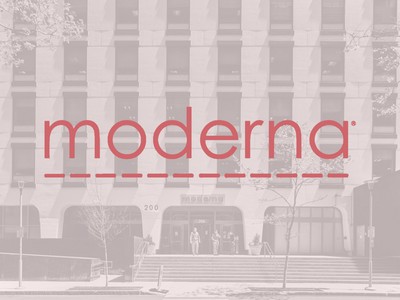One of the benefits of a trust is to remove assets from an individual’s estate, resulting in less being assessable to Inheritance Tax (‘IHT’) on death. However, successive Governments have eroded the tax advantages of using trusts. In 2005, there were an estimated 220,500 taxpaying trusts in the UK. The latest statistics show this has now fallen by nearly a third to around 151,000.
In 2005, there were an estimated 220,500 taxpaying trusts in the UK.
Family investment companies (‘FICs’) have become increasingly popular with wealthy families in the last decade as a potential alternative structure.
Why the move? The tax consequences on transfers into a discretionary trust
If a person has not used any of their IHT nil rate band (currently £325,000), they can transfer assets with a value up to this amount to a discretionary trust with no upfront IHT charges.
Typically, a trust set up today will incur a 20% upfront inheritance tax cost on assets settled in excess of £325,000. For example, if listed shares were transferred to a discretionary trust worth £500,000, the IHT charge would be £35,000.
There are other reliefs that can reduce the upfront tax charge, but these are broadly limited to gifts of business assets and agricultural property. Trusts also have IHT charges which can be up to 6% of the total value of a trust’s assets on each 10-year anniversary.
Typically, a trust set up today will incur a 20% upfront inheritance tax cost on assets settled in excess of £325,000.
What is a Family Investment Company?
A FIC is simply a company which holds investments that would otherwise be held by family members personally. FICs are often established by a parent or grandparent, who will normally retain control of the company and therefore of the company’s assets. Other family members will hold shares in the FIC, entitling them to income or capital from the FIC on a winding-up. However, importantly, they are not typically in control of when they receive any profits. The control the transferor can retain in a discretionary trust structure can therefore be replicated in a FIC.
FIC versus Trust
Advantages
1) No inheritance tax on entry or 10-year anniversaries for a FIC
This allows unlimited funds to be transferred into a FIC without triggering an IHT charge. A trust is usually limited to the available nil rate bands.
2) Tax on underlying investments
A discretionary trust pays tax at the top rate of tax on income and capital gains. When the trust makes distributions, these are paid with a tax credit to the beneficiaries. A FIC pays corporation tax on income and gains. Currently, this is 19%, rising to 25% from 1 April 2023. However, in most circumstances companies do not pay tax on dividends received. It is usually possible to structure a portfolio for a FIC which results in tax being deferred until investments are sold or distributions are made. However, FICs may not be appropriate for portfolios geared towards capital growth. The FIC will pay corporation tax on realised gains and there will then be a tax cost on extraction from the FIC.
Disadvantages
1) Capital gains tax on assets transferred in
If a share portfolio is transferred into a trust and the shares are worth more than when they were bought it is usually possible to ‘holdover’ the gain, resulting in no tax being payable by the transferor. It is not usually possible to holdover gains on transfers into a FIC and transfers may therefore give rise to a CGT liability on the transferor. Thought therefore needs to be given on what is transferred into a FIC.
2) Flexibility
Most modern discretionary trusts give trustees broad powers to add and remove beneficiaries. FIC structures have less flexibility, although it is possible to mitigate this with appropriate planning.
A long term move to FICs for wealthy individuals?
With the ability to transfer limitless assets into a FIC without an IHT cost, FICs can be a very effective Inheritance Tax planning structure and are coming to supplant the role once occupied by trusts in the tax strategies of wealthy families. As one might expect, HMRC have taken an interest in their use as tax planning structures and set up a specialist team to look into them.
Over the summer the team reported back and, from the brief comments provided from the review outline that HMRC found “no evidence to suggest those using FICs were more inclined towards avoidance” and that “FICs are now looked at as business as usual rather than having a dedicated team”.
Whilst the Government could look to mute the effectiveness of FICs through new legislation, it would appear that HMRC accepts FICs are acceptable structures within the context of wealth management and asset protection.
This article is of a general nature and does not constitute specific advice. It is recommended that you seek advice from a qualified professional, which can be tailored, to your personal circumstances.
Rob Harris, Manager, Private Client Tax Services
RSM UK
E: rob.harris@rsmuk.com
T: 0113 285 5155
Illustration by Adi Kuznicki




